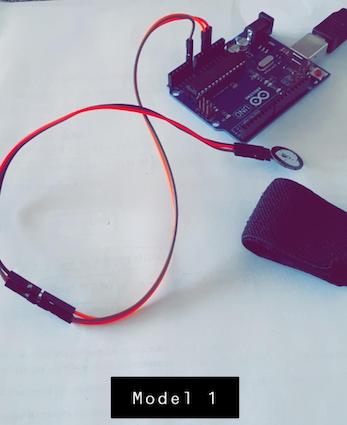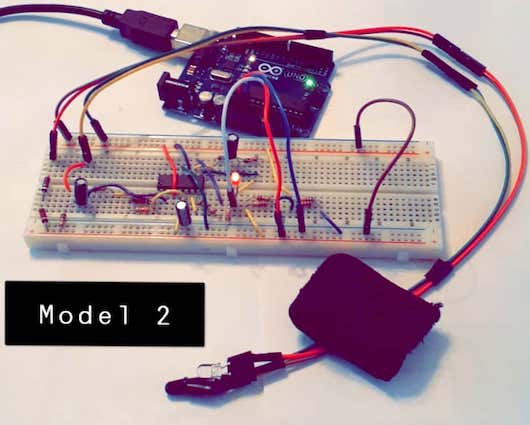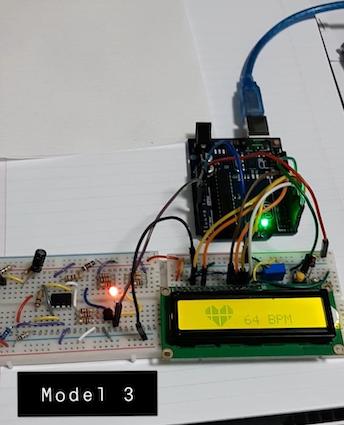




Upon entering highschool (Grade 10-12) students are given more freedom in choosing the courses they take. After the 10th grade, in BC’s education system, the broad category course of “Science”is split into 4 courses, to allow students to undertake a more concentrated and intensive study of the disciplines (Biology, Chemistry, Earth Science, Physics), from which students are required to take at least 4 credits (equivalent of 1 full semester course) for graduation. The purpose of this presentation is to show a powerful relationship between physics and other hard sciences, by highlighting a key application where they are incorporated together in everyday life. In short, we need to Make Applied Sciences Great Again!
"Physics 420 is a physics demonstrations course. It is a project course: Each student will design and build a demonstration dealing with physics or astronomy, present it in our PHYS 420 class and afterwords in a school." ( Phys420) As previously stated, the purpose of this presentation is not to build and showcase new inventions, but to show the physics principles of those already made and used in the world today. For the Physics 420C demonstration, I will be presenting on circuits. Circuity was the most enjoyable concept for me in High School Physics so naturally, I wanted to show secondary students how powerful of a tool a circuit powered by a 9V battery is, by demonstrating its application in medical physics.
Three different heartbeat sensor circuits were assembled and demonstrated in front of a high school class. The pulse or heartbeat is a physiological phenomenon that is taught in various academic disciplines. When people think of the workings of a heartbeat sensor, the last thing they think of is physics. In fact, many students (from the presentation) believed an extensive amount of biology is needed to make one. All 3 models demonstrated in class rely on physics principles such as circuitry and optics, more specifically Photoplethysmography (PPG). This presentation is intended for senior high school students who are considering pursuing a degree in the sciences. Although, applied physics concepts such as embedded electronics are discussed, no prior coding/programming experience is required.
My objective is to showcase how principles of physics may be manipulated to determine quantitative data about the physiological nature of the heart. This research project is for a teaching presentation, which will involve a live demonstration of a heartbeat monitor, that I constructed based on similar previously published projects. Circuitry is easily one of the most enjoyable concepts taught in highschool physics. By the end of this presentation, I want the students to understand how principles in physics may be manipulated to quantitatively measure this physiological (biological) indicator of health.
